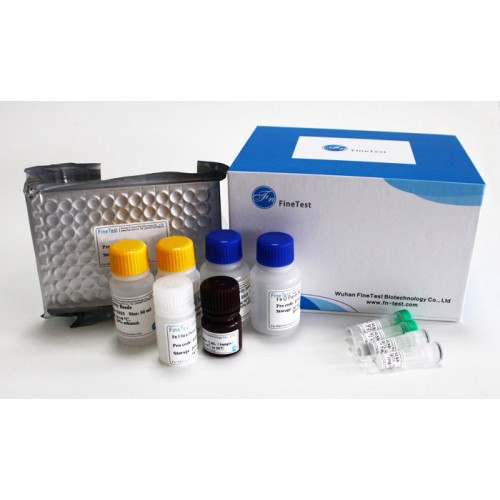Product Description
Recombinant Human ATP-sensitive inward rectifier potassium channel 10 (KCNJ10) is available at Gentaur for Next week Delivery.
Gene Name: KCNJ10
Alternative Names : ATP-dependent inwardly rectifying potassium channel Kir4.1 Inward rectifier K(+) channel Kir1.2 Potassium channel, inwardly rectifying subfamily J member 10
Expression Region : 1-379aa
AA Sequence : MTSVAKVYYSQTTQTESRPLMGPGIRRRRVLTKDGRSNVRMEHIADKRFLYLKDLWTTFIDMQWRYKLLLFSATFAGTWFLFGVVWYLVAVAHGDLLELDPPANHTPCVVQVHTLTGAFLFSLESQTTIGYGFRYISEECPLAIVLLIAQLVLTTILEIFITGTFLAKIARPKKRAETIRFSQHAVVASHNGKPCLMIRVANMRKSLLIGCQVTGKLLQTHQTKEGENIRLNQVNVTFQVDTASDSPFLILPLTFYHVVDETSPLKDLPLRSGEGDFELVLILSGTVESTSATCQVRTSYLPEEILWGYEFTPAISLSASGKYIADFSLFDQVVKVASPSGLRDSTVRYGDPEKLKLEESLREQAEKEGSALSVRISNV
Sequence Info : Full Length
Tag Info : N-terminal 6xHis-SUMO-tagged
Theoretical MW : 58.5 kDa
Storage Buffer : Tris/PBS-based buffer, 5%-50% glycerol. If the delivery form is lyophilized powder, the buffer before lyophilization is Tris/PBS-based buffer, 6% Trehalose, pH 8.0.
Endotoxin Level : Not tested-
Biological Activity : Not tested
Storage : Short term: -20°C; Long term: -80°C. Minimize freeze and thaw cycles.
Research Area : Neuroscience
Restriction : For Research Use Only. Not for use in diagnostic procedures, drug use, or for administration to humans or animals.
Relevance : May be responsible for potassium buffering action of glial cells in the brain. Inward rectifier potassium channels are characterized by a greater tendency to allow potassium to flow into the cell rather than out of it. Their voltage dependence is regulated by the concentration of extracellular potassium; as external potassium is raised, the voltage range of the channel opening shifts to more positive voltages. The inward rectification is mainly due to the blockage of outward current by internal magnesium. Can be blocked by extracellular barium and cesium (By similarity). In the kidney, together with KCNJ16, mediates basolateral K+ recycling in distal tubules; this process is critical for Na+ reabsorption at the tubules
Function : May be responsible for potassium buffering action of glial cells in the brain. Inward rectifier potassium channels are characterized by a greater tendency to allow potassium to flow into the cell rather than out of it. Their voltage dependence is regulated by the concentration of extracellular potassium; as external potassium is raised, the voltage range of the channel opening shifts to more positive voltages. The inward rectification is mainly due to the blockage of outward current by internal magnesium. Can be blocked by extracellular barium and cesium (By similarity). In the kidney, together with KCNJ16, mediates basolateral K(+) recycling in distal tubules; this process is critical for Na(+) reabsorption at the tubules.
Involvement in disease : Seizures, sensorineural deafness, ataxia, mental retardation, and electrolyte imbalance (SESAMES)
Subcellular location : Membrane, Multi-pass membrane protein, Basolateral cell membrane
Protein Families : Inward rectifier-type potassium channel (TC 1.A.2.1) family, KCNJ10 subfamily
Tissue Specificity : Expressed in kidney (at protein level).
Paythway :
Uniprot ID : P78508
 Euro
Euro
 British Pound
British Pound
 US Dollar
US Dollar








